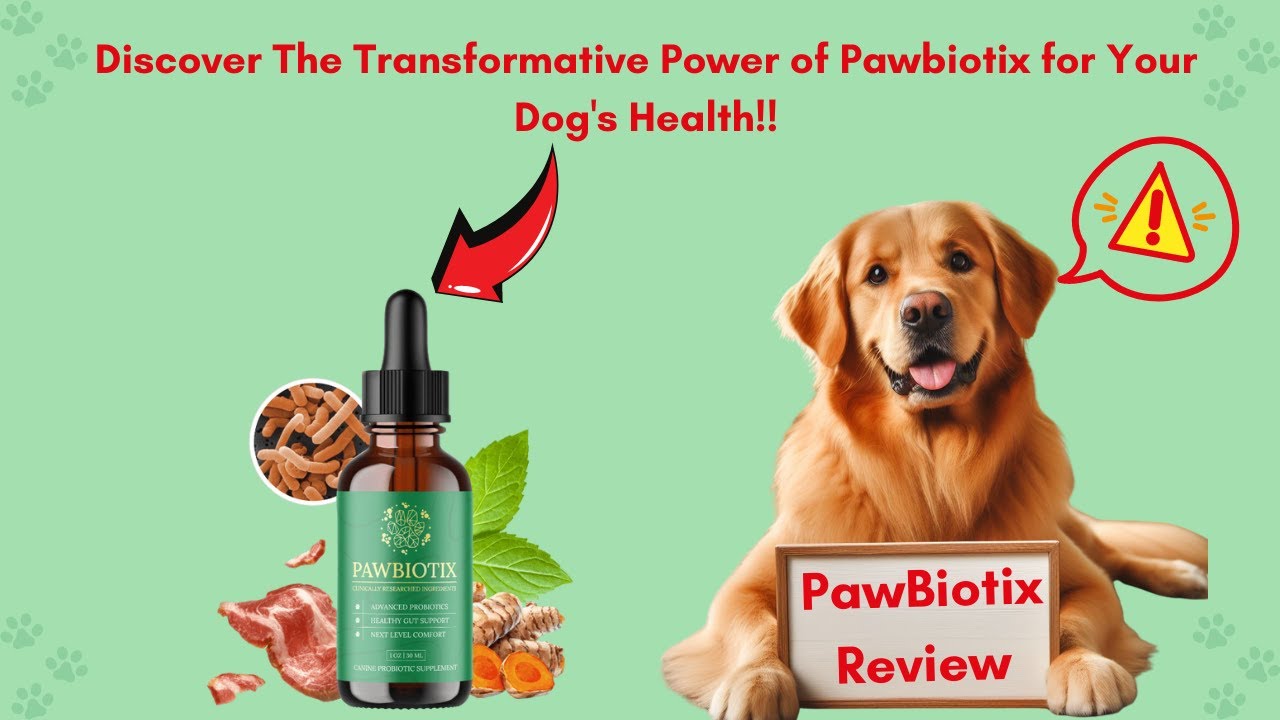5 Essential Steps to Safeguard Your Dog from Harmful Foods: A Comprehensive Guide to Avoiding Toxic Substances
$49.00
Keep your furry friend safe and healthy! Learn which toxic foods to avoid feeding your dog, including common household items like chocolate, grapes, and onions. Protect your pet from potential harm and ensure their well-being.
Avoiding Toxic Foods for Dogs: A Comprehensive Guide
Introduction
Dogs, our beloved companions, bring immeasurable joy and affection into our lives. As responsible pet owners, it is crucial to ensure their well-being by providing a nutritious and safe diet. Unfortunately, there are certain foods that pose significant health risks to dogs and should be strictly avoided. This article provides an in-depth exploration of toxic foods for dogs, empowering you with the knowledge necessary to safeguard your furry friend’s health.
Section 1: Identifying Toxic Foods
1. Chocolate
Chocolate is one of the most common culprits in dog poisonings. It contains theobromine, a compound that is toxic to dogs. Ingestion of chocolate can cause symptoms such as vomiting, diarrhea, tremors, seizures, and even death in severe cases.
2. Xylitol
Xylitol, an artificial sweetener found in sugar-free gum, candy, and baked goods, is highly toxic to dogs. It can cause a rapid drop in blood sugar levels, leading to liver failure and potentially death.
3. Grapes and Raisins
The exact mechanism of toxicity is unknown, but grapes and raisins have been linked to kidney failure in dogs. Ingestion can cause vomiting, diarrhea, lethargy, and decreased appetite. In some cases, it can lead to acute renal failure and require intensive veterinary treatment.
4. Macadamia Nuts
Macadamia nuts are highly toxic to dogs and can cause symptoms such as vomiting, diarrhea, weakness, tremors, and hyperthermia. The severity of symptoms can vary depending on the amount ingested and the individual dog’s sensitivity.
5. Onions and Garlic
Onions and garlic contain n-propyl disulfide, a compound that can damage red blood cells and lead to anemia in dogs. Ingestion can cause vomiting, pale gums, weakness, and lethargy. In severe cases, it can require blood transfusions.
Section 2: Symptoms of Food Poisoning in Dogs
1. Gastrointestinal Symptoms:
- Vomiting
- Diarrhea
- Abdominal pain
- Loss of appetite
2. Neurological Symptoms:
- Tremors
- Seizures
- Lethargy
- Disorientation
3. Other Symptoms:
- Rapid heart rate
- Difficulty breathing
- Pale gums
Section 3: First Aid and Veterinary Care for Food Poisoning
1. If you suspect your dog has ingested a toxic food:
- Remain calm: Panic will only make the situation worse.
- Call your veterinarian immediately: Provide them with details about the suspected toxin and your dog’s symptoms.
- Induce vomiting (if directed by your veterinarian): This may help remove the toxin from your dog’s stomach.
2. At the veterinary clinic:
- Your veterinarian will perform a thorough examination and run tests to confirm the diagnosis.
- Treatment will vary depending on the type of toxin ingested and the severity of symptoms.
- It may include supportive care (e.g., fluids, medications) or more intensive interventions (e.g., dialysis, surgery).
Conclusion
Keeping your dog safe from toxic foods is essential for their health and well-being. By being aware of the potential dangers, you can make informed choices about your dog’s diet. Always consult your veterinarian if you have any concerns or suspect your dog has ingested a toxic substance. By providing a safe and nutritious environment, you can ensure your furry companion enjoys a long and healthy life by your side.




